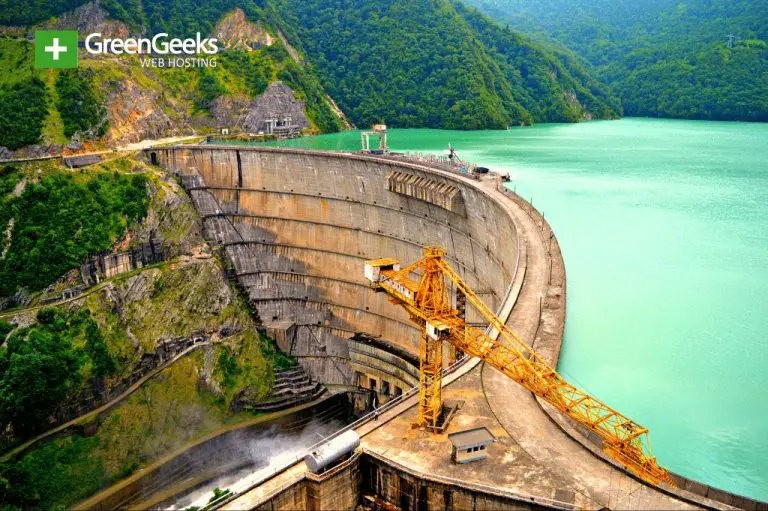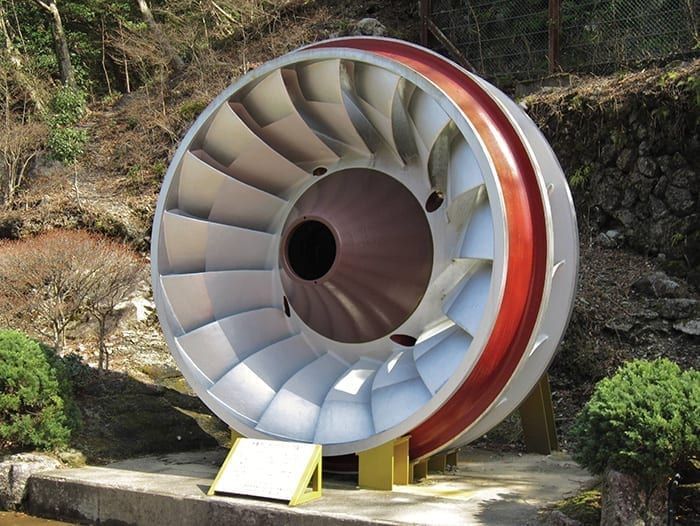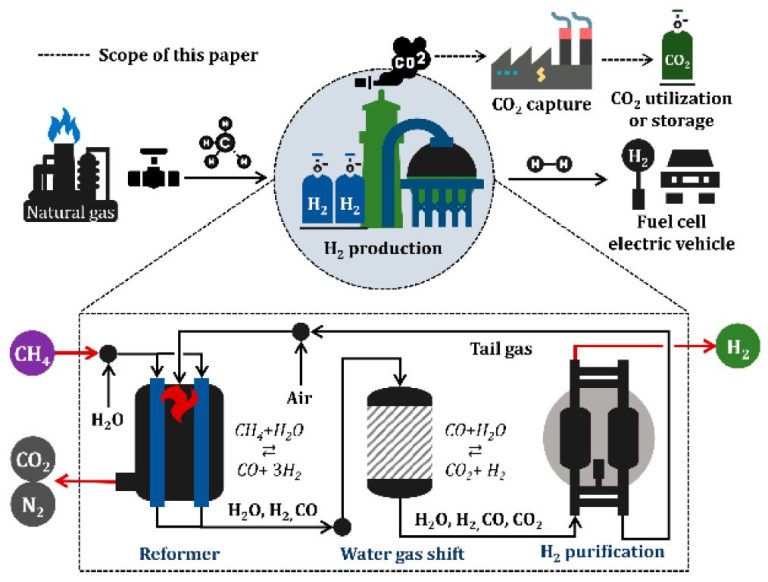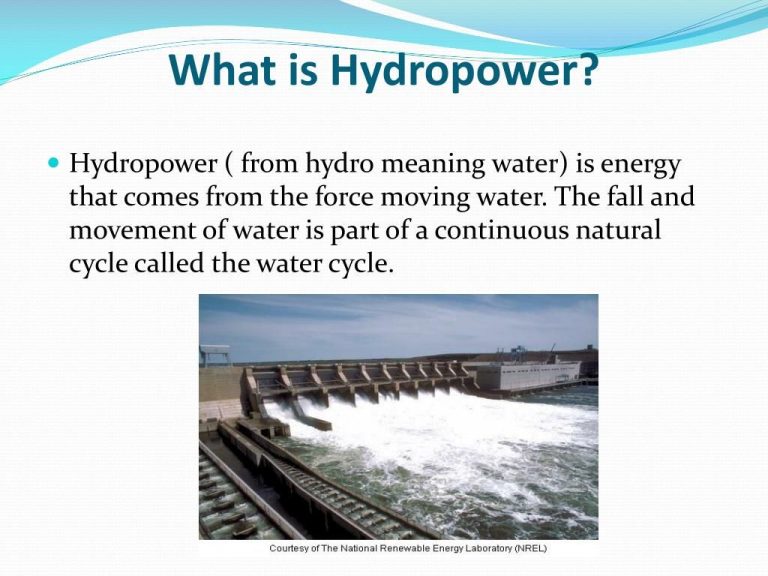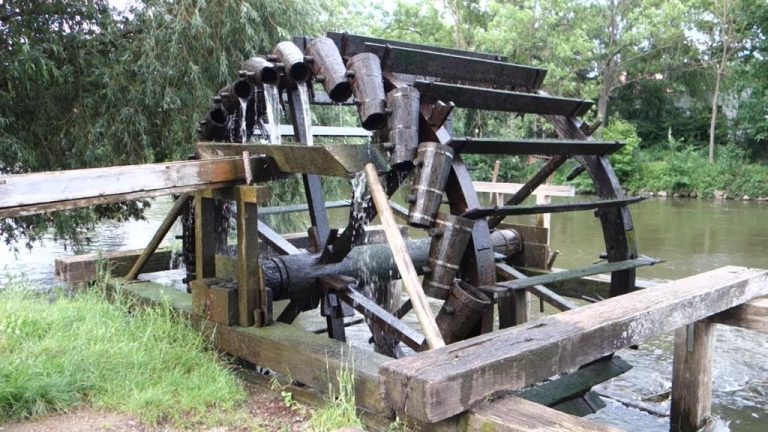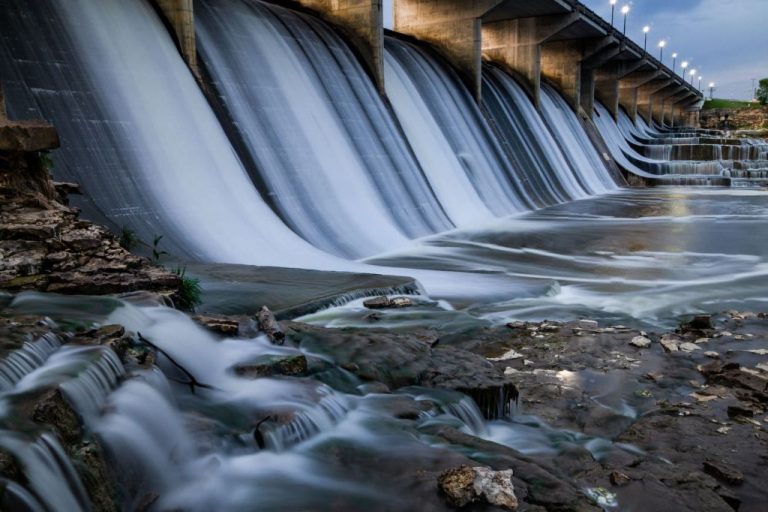Why Is Hydropower Best In Nepal?
Nepal has faced challenges in meeting its domestic energy needs and supplying electricity to its growing population. Only about 65% of the Nepali population has access to electricity, with many rural areas lacking grid connectivity. At the same time, Nepal has immense potential for hydropower development with its abundant water resources fed by Himalayan rivers and glaciers. Experts estimate Nepal’s technically and economically feasible hydropower potential at around 83,000 MW, but less than 2% of this has been harnessed so far. Hydropower is seen as a strategic resource that can help transform Nepal’s economy and lift millions out of poverty through electricity access, while also exporting surplus power to neighboring countries. The goal of this article is to examine why hydropower provides the best energy solution for Nepal given its resource endowments and socioeconomic context.
Abundant Water Resources
Nepal has immense hydropower potential due to its numerous perennial rivers and steep terrain that is ideal for hydropower dams. The technically and economically feasible hydropower potential in Nepal has been estimated at around 83 GW and 42 GW respectively (Source 1). Nepal’s gross hydropower potential is estimated to be over 72,500 MW according to a 2019 study by the Water and Energy Commission Secretariat (Source 2). In comparison, the total installed hydropower capacity in India, which is the world’s third largest producer of electricity from hydropower, is around 50 GW as of 2020.
Nepal has over 6,000 rivers and rivulets, many originating from the Himalayas, that provide immense potential for hydropower development. The steep gradient of Nepal’s topography allows the construction of high head hydropower projects that can generate a large amount of electricity. Proper utilization of Nepal’s abundant water resources for hydropower development could transform the country into a major exporter of clean electricity.
Clean and Renewable
Hydropower does not burn fuel, so it produces near zero greenhouse gas emissions. According to the U.S. Army Corps of Engineers, hydropower generation emits 70 times less greenhouse gases than fossil fuel-fired generation. With increasing concerns about climate change, hydropower’s role as a clean, renewable energy source is becoming more and more important. Hydropower helps meet climate change goals by providing energy without producing greenhouse gas emissions.
According to the International Hydropower Association, hydropower has one of the lowest greenhouse gas emissions per unit of electricity of any electricity generation technology. The emissions associated with hydropower facilities are typically hundreds of times lower per unit of electricity than fossil fuel-fired generation. This makes hydropower critical to reducing greenhouse gas emissions and combating climate change.
Reliable Baseload Power
Unlike intermittent renewable sources like solar and wind power, hydropower can provide consistent, reliable electricity to meet baseload power needs. Hydropower plants provide on-demand power, operating flexibly to respond immediately to load changes on the grid. With the ability to start up quickly and adjust output levels, hydropower helps maintain grid stability and reliability.
According to the U.S. Department of Energy, hydropower is “the guardian of the grid”, playing a major role in maintaining grid resilience due to its flexibility and storage capabilities. Hydropower can act as a giant battery, storing energy in the form of water in a reservoir behind a dam. This stored energy can then be released on demand to produce electricity when needed https://www.energy.gov/eere/articles/4-reasons-why-hydropower-guardian-grid.
Base load power plants like hydropower are valued for their cost efficiency and reliability in providing stable power generation at optimal levels. With the ability to operate continuously at maximum output, hydropower is well-suited for providing baseload power to meet minimum demand on the grid https://www.e-education.psu.edu/eme807/node/667.
Domestic Resource
Hydropower allows Nepal to rely primarily on its own domestic water resources for energy production rather than imported fossil fuels. Developing hydropower reduces Nepal’s dependence on foreign oil and gas and improves the country’s energy independence and trade balance. According to the U.S. Department of Energy, hydropower “protects our energy independence and reduces America’s reliance on imported fuels” (https://www.energy.gov/eere/articles/4-reasons-why-hydropower-guardian-grid). With abundant water resources available within its borders, Nepal can harness hydropower to meet growing electricity demands with a domestic renewable resource rather than imported coal, oil, or natural gas.
Job Creation
Hydropower project development and operation is a significant source of domestic job creation in Nepal. According to a 2010 study by the National Hydropower Association, the hydropower industry has the potential to create hundreds of thousands of jobs related to construction, manufacturing, operations, and maintenance. The study found that building 60 GW of new hydropower capacity in the U.S. could support over 1 million job-years of employment. In developing countries like Nepal, hydropower jobs provide crucial opportunities for skilled and unskilled labor. Large dam construction projects require thousands of workers including engineers, electricians, concrete workers, equipment operators, and general laborers. Many of these jobs support local communities near the dam site.
Once dams become operational, they continue to employ plant operators, technicians, maintenance crews, and administrative staff. A 2012 report from the International Renewable Energy Agency (IRENA) found the global hydropower industry employed around 2.2 million people directly and indirectly in 2020. With Nepal’s vast untapped hydropower potential, continued dam and power plant development can create significant employment for Nepali workers for decades to come.
Revenue Source
Electricity exports to India can generate significant government revenue for Nepal. In January 2024, Nepal and India signed a new power trade agreement for Nepal to export 10,000 MW of hydroelectricity to India over 10 years starting in 2025 [1]. This deal is expected to earn Nepal over Rs 700 billion (USD 5.5 billion) in revenue from electricity sales to India [2]. Previously, Nepal has exported smaller amounts of electricity to India, but this new deal represents a major increase in electricity trade between the two countries. With abundant hydropower potential, Nepal can continue developing hydro projects to generate electricity for export to India and other neighboring countries. This provides an important revenue source for Nepal’s government while supplying renewable electricity to the region.
Flood Control
Dams used for hydropower can often provide valuable flood control benefits. By regulating water flows, dams can often prevent or reduce flooding downstream. According to the Hydropower Educational Institute, flood control is one of the major ancillary benefits of hydropower dams (https://www.hydro.org/waterpower/why-hydro/other-benefits/).
Hydropower reservoirs have large storage capacities that allow flood waters to be temporarily stored rather than being immediately discharged downstream. Water can be released in a controlled manner after the flood danger has passed. Hydropower facilities also have the ability to increase generation during high water events, allowing more water to be passed through the system. This helps attenuate flooding below the dam. According to Statkraft, hydropower reservoirs in Norway have prevented an estimated $4.5 billion in flood damage over the past century (https://www.statkraft.com/newsroom/news-and-stories/2019/hydropower-flood-control/).
In addition to flood control, dams used for hydropower generation often provide water storage for irrigation. The reservoirs can be used for agricultural purposes during drier times of the year.
Challenges
While hydropower development offers many benefits, it also comes with some significant challenges that Nepal faces. One major issue is the environmental impact of building large dams and reservoirs. Dam construction can lead to deforestation, loss of wildlife habitat and biodiversity, and reduced water quality [1]. Building reservoirs also displaces local populations from their homes and land. By 2009, over 20,000 people had already been displaced by hydropower projects in Nepal [1].
Another major challenge is the high upfront costs required to build hydropower plants and dams. Nepal faces difficulties securing sufficient investment and financing for large projects. The lack of transmission infrastructure also hinders exporting power to neighboring countries. Additionally, Nepal’s complex terrain increases construction and transportation costs for equipment and materials [2].
Overall, while hydropower is a promising renewable resource, Nepal must work to mitigate the environmental and social impacts, secure financing, and strengthen transmission infrastructure in order to fully realize its benefits.
Conclusion
In summary, hydropower is an excellent fit for Nepal’s energy needs for several key reasons. Hydropower takes advantage of Nepal’s abundant water resources and harnesses the force of gravity to generate reliable, clean electricity. Hydropower plants provide baseload power that consistently produces electricity to meet demand. Since Nepal has rivers and streams flowing through its mountainous terrain, hydropower can be generated using domestic resources within the country. This means Nepal does not need to rely on imported fossil fuels.
Developing hydropower creates jobs and generates revenue for Nepal through energy exports. Hydropower dams also provide flood control benefits by regulating river flows. While hydropower does come with challenges like environmental impacts and high upfront costs, the benefits for Nepal outweigh the downsides. With its ideal geography and water resources, Nepal is in a prime position to rely on hydropower as a major part of its energy portfolio now and into the future.

